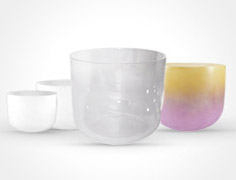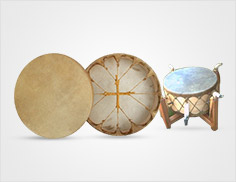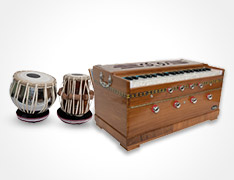Yoga, in Sanskrit, literally means union. Historically, yoga is not a term used to refer to physical postures, but a complete spiritual path of union, including breathwork, meditation and lifestyle. In contemporary United States, yoga, in the mainstream, refers to the use of physical postures to promote emotional growth, release and mental and physical relaxation and wellness. Yoga can be found in Buddhist retreat centers, Christian Churches, schools, businesses, and beyond as both a form of exercise, mental caretaking, and spiritual training.
A central difficulty in yoga is the effect of the wandering mind, and in that, the corresponding intolerance some may have to the discomfort of the postures. Yoga does naturally relax the mind. As we are forced to just focus on the movements of yoga, and as a natural consequence of stretching, our mind comes into the present moment, and away from external judgments. As muscles are stretched, and worked, and the breath is activated, heat is generated and tension is released, leading to a body that feels more relaxed and generally happier. At the same time though, a key difficulty of yoga is how the mind may wander. Thoughts about external realities can be difficult to let go of if they are empowered by our intentions and emotions, taking attention away from the yoga postures, and making them more difficult. These could be judgments about oneself, about others, about life situations or even memories of the past.
Sound benefits yoga by vibrationally bypassing the thinking the mind, affecting our brain at an emotional level. Sound Healing can be defined as the intentional use of sound to create a vibrational environment which becomes a catalyst for healing in the physical, mental, emotional, or spiritual aspects of our being. When attention is given to the sound, it is simple to allow one’s attention to be enveloped by the vibration and the felt sense of the vibration, opening up space to be more clearly focused. In creating an intentional environment of vibration, sound may help participants then focus more fully on breathing in rhythm with yoga postures, inspect their bodies, inspect their minds, and be an observer of their reality. With sound as the background of the experience, yoga practitioners would then experience a greater ease in the process, with a greater sense of focus, relaxation, release and physical wellbeing. Thus, whether it be playing crystal singing bowls, metal singing bowls, a harmonium or drumming, these two sound and yoga are natural pairings.
The three main instruments that are being used during yoga classes are crystal singing bowls, frame drums and harmoniums.
Crystal Singing Bowls
 When playing crystal singing bowls for yoga, you can play one or multiple. In either case the consistent droning of the bowls will fill the room with vibration, and create a background for the participants to focus more intently. With yoga, the sound and music does not need be the central focus on the activity, so creating a symphony with your bowls is not necessary. Just the constant droning of perhaps an harmonic set, or a single bowl is enough where the room will be filled with noise, and that constant drone can help clear out thinking patterns.
When playing crystal singing bowls for yoga, you can play one or multiple. In either case the consistent droning of the bowls will fill the room with vibration, and create a background for the participants to focus more intently. With yoga, the sound and music does not need be the central focus on the activity, so creating a symphony with your bowls is not necessary. Just the constant droning of perhaps an harmonic set, or a single bowl is enough where the room will be filled with noise, and that constant drone can help clear out thinking patterns.
Frame Drums
 Frame drums, like a crystal singing bowl, is a simple instrument that almost anyone can play and incorporate effectively into their work. In a yoga session, a drum can be hit rhythmically, invoking rhythmical entrainment from the participants. The consistent beat will have the effect of relaxing and focusing the participants mind, so they can sink more into their bodies and emotions while they are doing the yoga. The drum will consistently disallow thinking patterns for strongly forming.
Frame drums, like a crystal singing bowl, is a simple instrument that almost anyone can play and incorporate effectively into their work. In a yoga session, a drum can be hit rhythmically, invoking rhythmical entrainment from the participants. The consistent beat will have the effect of relaxing and focusing the participants mind, so they can sink more into their bodies and emotions while they are doing the yoga. The drum will consistently disallow thinking patterns for strongly forming.
Harmoniums
 Harmoniums like crystal bowls will create a consistent drone, though harmoniums are not as loud and don't create as much vibration as bowls do. Harmoniums are typically used to accompany sacred chant or singing. Playing a harmonium well takes more experience than playing crystal bowls or a frame drum. It is like playing the piano, and it is important to understand keys, scales and chord structures to effectively produce music that can be chanted to or sung with.
Harmoniums like crystal bowls will create a consistent drone, though harmoniums are not as loud and don't create as much vibration as bowls do. Harmoniums are typically used to accompany sacred chant or singing. Playing a harmonium well takes more experience than playing crystal bowls or a frame drum. It is like playing the piano, and it is important to understand keys, scales and chord structures to effectively produce music that can be chanted to or sung with.

